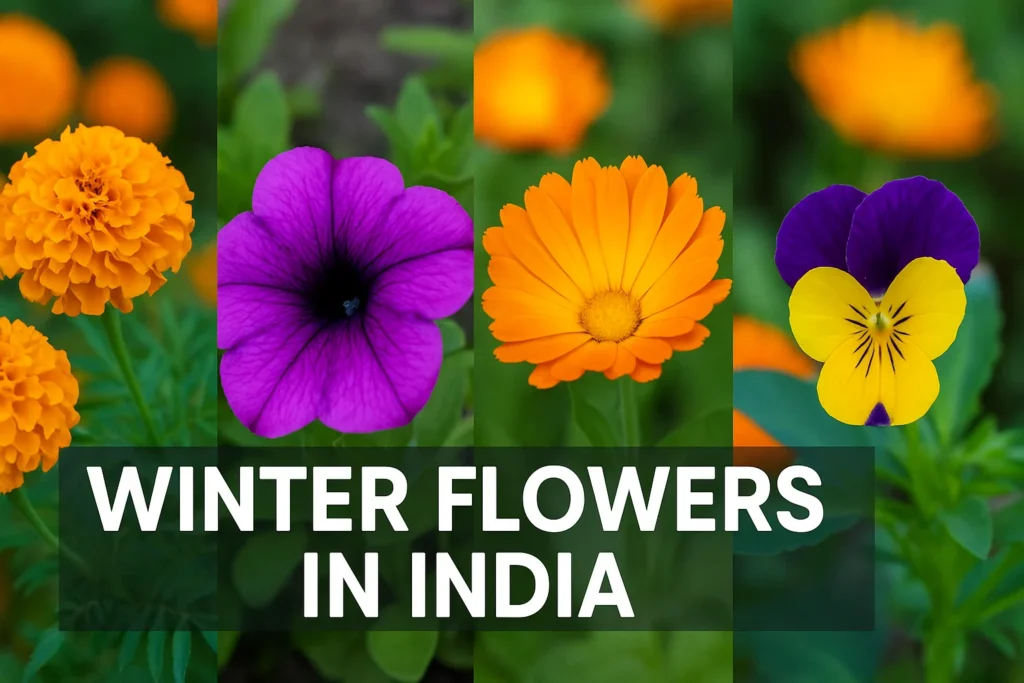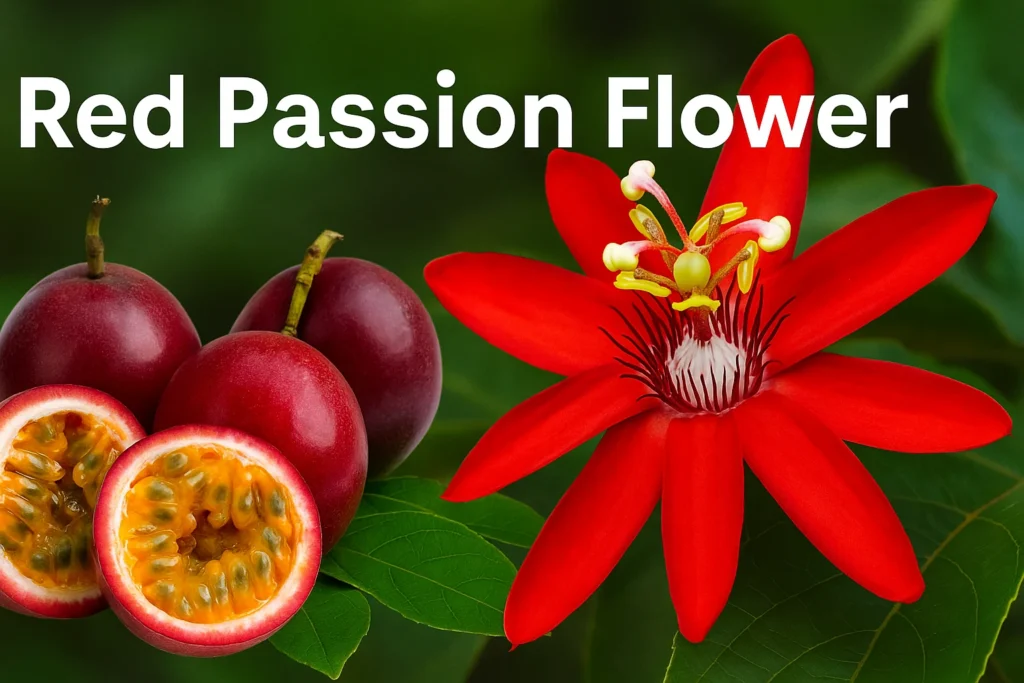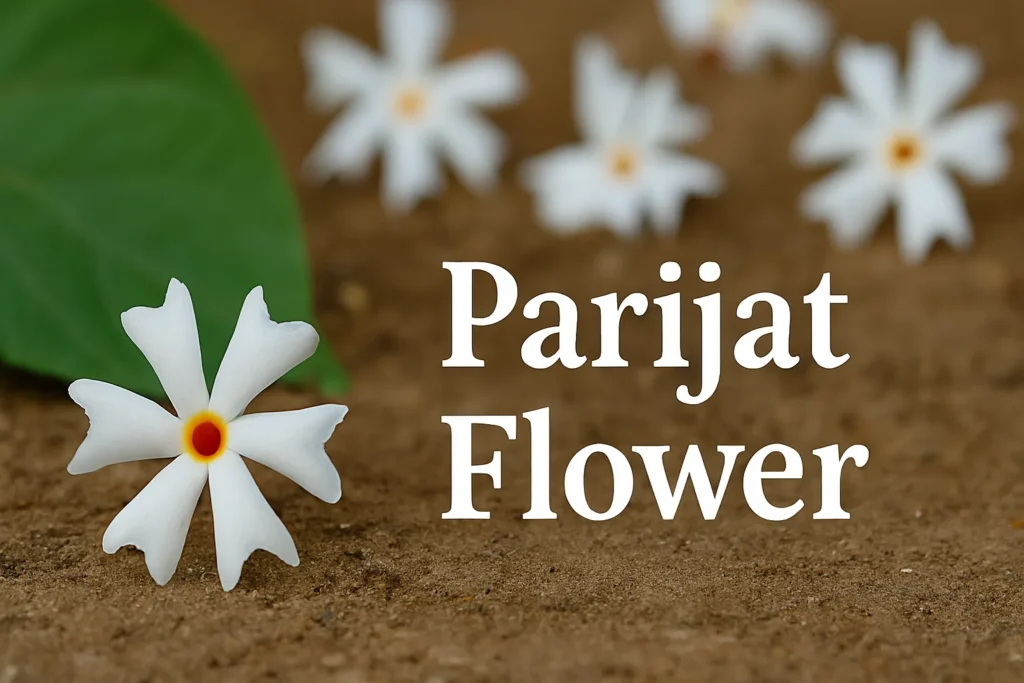The Thazhampoo flower, also spelled as Thalampoo flower and widely known as the Kewda flower in India, is one of the most fragrant and culturally significant blossoms. Famous for its long-lasting aroma and unique appearance, it has been an integral part of South Indian traditions, Ayurveda, and even modern perfumery.
This article explores the Kewda or Thazhampoo flower in English (Screw Pine Flower), its cultural role, benefits, practical uses, and details about the plant and tree.
What is Thazhampoo or Kewda Flower?
The Thazhampoo or Kewda flower comes from the Pandanus odorifer plant, commonly referred to as the screw pine. This tropical shrub grows along coastlines, riverbanks, and in villages across India and Southeast Asia.
In Tamil, it is called “தாழம்பூ (Thazhampoo),” while in many parts of North and East India, it is popularly called the Kewda flower. The plant produces clusters of cream-colored flowers with bracts and a fragrance that is both soothing and persistent.
The Kewda flower plant is hardy, thriving in sandy soils and humid conditions. Its leaves are long and spiny-edged, often woven into mats and baskets, while the flowers are used in rituals, perfumes, and wellness practices.
Kewda Flower in English
The Kewda flower name in English is the Screw Pine Flower. Scientifically, it belongs to the Pandanaceae family and is called Pandanus odorifer. The plant is known for its screw-like leaf arrangement, which gives it the common name screw pine.
The Kewda flower tree can grow into a large shrub or small tree, depending on conditions. Its blossoms are harvested not just for temple use but also commercially for perfumes and flavoring agents.
For those who love discovering fragrant blooms, the Raat Rani plant is another species renowned for its night-blooming scent.
Cultural and Religious Importance of Thazhampoo or Kewda
The Thalampoo or Kewda flower is deeply tied to Indian rituals. In temples, it is offered to deities as a symbol of purity. In Tamil culture, women traditionally wear these flowers in their hair, while in Odisha, Kewda is famous for its use in sacred offerings and rituals.
The flower’s fragrance is thought to uplift the spirit, encourage focus in meditation, and create a calming atmosphere in homes and temples. The plant’s leaves are woven into handicrafts, giving it both spiritual and practical value.
Another culturally revered bloom is the Lotus flower, which also holds deep spiritual symbolism in India.
Uses of Kewda (Thazhampoo) Flower in Daily Life
The Kewda flower uses are extensive and touch different aspects of life:
- Temple Rituals: Offered during pujas, festivals, and sacred ceremonies
- Perfume and Attar Industry: Distilled into Kewda attar, a popular fragrance used in traditional perfumery
- Food and Drinks: Kewda essence is added to sweets, syrups, and drinks in many Indian cuisines
- Hair Adornment: Worn by women for its fresh fragrance during festivals and celebrations
The versatility of the flower makes it as valuable as plants like the cactus plant, which also serve multiple roles in homes.
Health and Wellness Benefits of Kewda Flower
The benefits of the Kewda or Thazhampoo flower have been recognized in traditional wellness practices.
- Aromatherapy: The scent reduces stress, anxiety, and fatigue
- Cooling Properties: Associated with a natural cooling effect in Ayurveda
- Skin Remedies: Flower extracts are used in traditional treatments for skin freshness
- Digestive Use: Kewda essence in small quantities is used in Ayurvedic formulations for digestion
If you’re curious about similar wellness species, our article on medicinal plants in Kerala provides detailed insights.
Thazhampoo (Kewda) Flower in Literature and Tradition
The Kewda or Thalampoo flower has been celebrated in both Tamil literature and Odia traditions. Sangam poetry mentions Thazhampoo in the context of love and devotion, while in Odisha, Kewda is honored for its use in temple rituals and perfumery.
Its strong fragrance is often symbolic of love, purity, and divine connection. Even today, whether called Thazhampoo in Tamil Nadu or Kewda in Odisha, the flower continues to be woven into cultural identity.
Another flower equally central in Indian traditions is the Jasmine flower.
How to Identify and Grow Kewda Flower Plant?
The Kewda flower plant is easy to recognize by its long, sword-shaped leaves with sharp edges. The flowers grow in clusters with creamy petals and leafy bracts. The fragrance is distinct and long-lasting, making it one of the most aromatic tropical blooms. Growing requirements:
- Climate: Thrives in tropical, humid regions
- Soil: Prefers sandy or loamy soil with good drainage
- Sunlight: Needs full sunlight for healthy growth
- Watering: Moderate, but avoid waterlogging
The Kewda flower tree is often propagated through suckers or cuttings. With proper care, it thrives in coastal and hot climates, flowering seasonally and producing blossoms used for attars, rituals, and household use.
For gardening enthusiasts, our post on how to grow a lily flower plant at home offers more insight into caring for ornamental plants.
Conclusion
The Thazhampoo flower, also known as the Thalampoo flower and popularly called the Kewda flower, is a fragrant and versatile blossom from the Pandanus odorifer plant. Known in English as the Screw Pine Flower, it holds immense value in cultural, spiritual, culinary, and medicinal contexts. From temple rituals and traditional perfumery to wellness and household uses, the Kewda flower plant and tree remain cherished across India. Its fragrance, symbolism, and practical applications ensure that this flower will continue to hold significance in both tradition and modern life.













